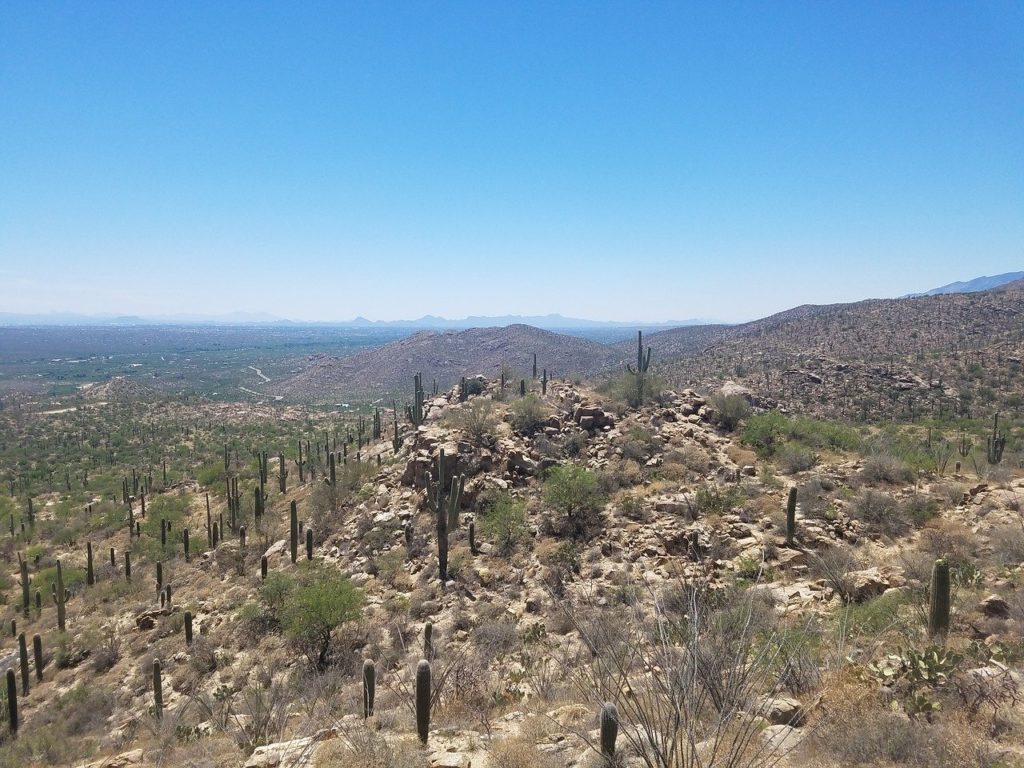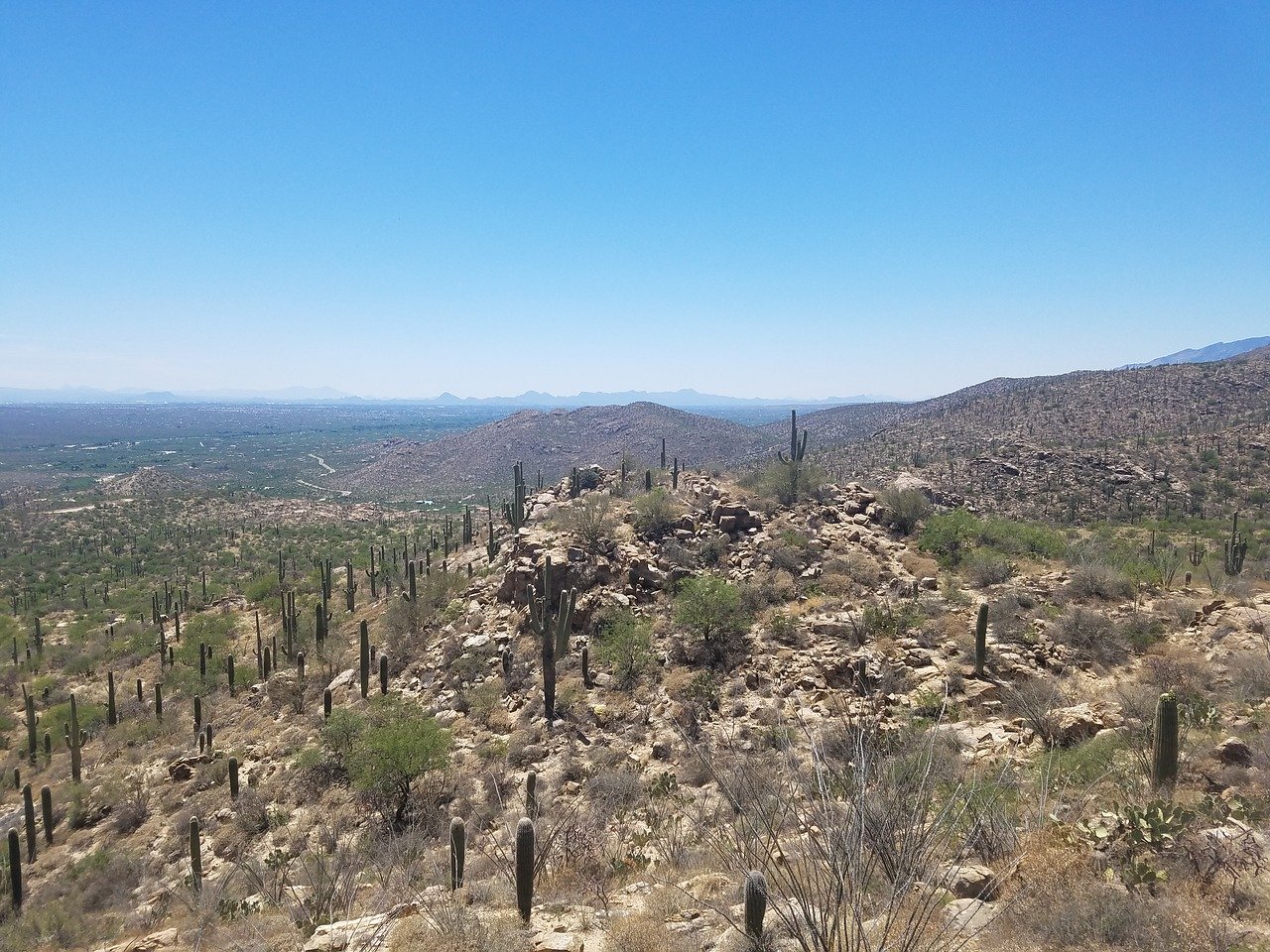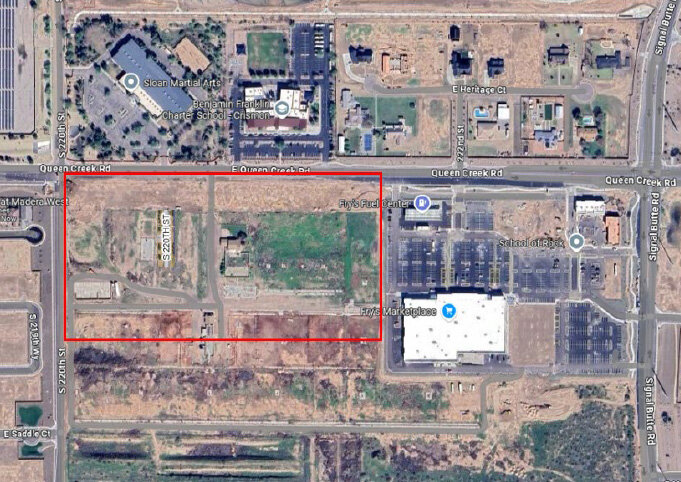
By James Verini | New York Times
The United States border patrol agent found the body, a man’s, on the southern slope of a hill about three miles outside Sells, Ariz., known to locals with long memories as Bird Nest Hill. The man was face down, his head near a rocky outcropping, his legs stretching downhill. He lay with his left hand clenched beneath his chest, his right beneath his cheek, among tufts of buffelgrass and creosote. So inconspicuously did he blend into the landscape, a passer-by might have overlooked him. The agent might have, too, if not for the bright red waistband on the man’s underwear. Then there was the hair. Thick, dark, spiky, the hair looked fashioned, somehow, almost stylish, after all this time in the Sonoran Desert — surely weeks, the agent figured, and possibly months.
A stark reminder of the lengths people will go to escape the oppressive conditions of their home country to seek a better life in ours. And as this article points out, while nearly 8,000 migrant bodies have turned up in the Sonoran desert since 1998, and countless more are sure to remain undiscovered, the desert is a proximate, but not an ultimate cause. The ultimate cause, rather, is our federal immigration policy.
–Darius Amiri, Chair of Immigration Law Department
The impact of images of women and children caged for months or years while awaiting an asylum hearing, programs like the remain in Mexico policy which forces migrants from other countries to await their hearing in Mexico and exposes them to dangers such as kidnapping, extortion, and human/sex trafficking, these are the factors that drive migrants further into the desert to avoid apprehension on their ultimate journey to the United States. Sadly, many of them never make it.
We should appreciate the lengths that migrants will go to take part in the American dream, and push for reforms to our immigration system so deaths like these can be avoided.










